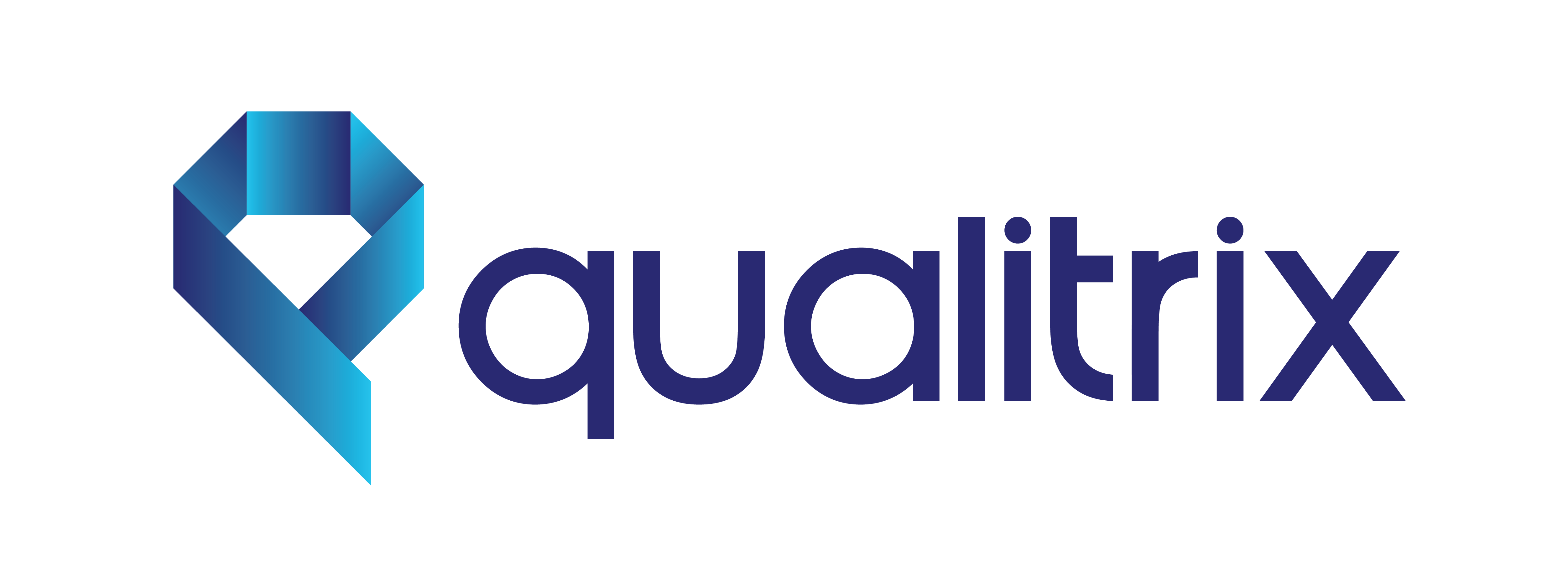The arrival of 5G technology is set to revolutionize the mobile app landscape, promising unparalleled speed, ultra-low latency, and enhanced connectivity. As the next generation of mobile networks, 5G opens up new possibilities for mobile applications, but it also presents unique challenges for developers and testers. In this comprehensive guide, we will explore the impact of 5G on mobile app testing, the new opportunities it presents, and the best practices for ensuring app quality in the 5G era.
Understanding 5G Technology
5G, the fifth generation of wireless technology, is designed to provide higher data speeds, reduced latency, increased capacity, and improved connectivity compared to its predecessors (4G, 3G, etc.). Key features of 5G include:
- Enhanced Mobile Broadband (eMBB): Provides faster internet speeds, supporting high-quality video streaming, virtual reality (VR), and augmented reality (AR).
- Ultra-Reliable Low Latency Communications (URLLC): Ensures minimal delay, which is crucial for real-time applications like autonomous driving, remote surgeries, and industrial automation.
- Massive Machine-Type Communications (mMTC): Supports a vast number of connected devices, enabling the expansion of the Internet of Things (IoT).
The Impact of 5G on Mobile App Testing
Performance Testing
- Speed and Latency: With 5G offering significantly higher data speeds and lower latency, performance testing must adapt to ensure apps can handle these improvements. Testers need to verify that apps perform seamlessly without issues like buffering or lag, even under peak network conditions.
- Network Variability: 5G will coexist with 4G and older networks for some time. Testing must account for app performance across different network conditions to ensure a consistent user experience.
Functional Testing
- New Features and Capabilities: The capabilities enabled by 5G, such as AR, VR, and IoT integration, require comprehensive functional testing to ensure these features work as intended. This involves testing new interactions, gestures, and user experiences.
- Multi-device Interoperability: With the proliferation of IoT devices, apps must be tested for interoperability across a wide range of devices and platforms.
Usability Testing
- User Experience: The enhanced speed and connectivity of 5G can change how users interact with apps. Usability testing must evaluate these new user behaviors and ensure that the app remains intuitive and user-friendly.
- Battery Consumption: While 5G can provide faster speeds, it may also lead to higher battery consumption. Usability testing should include battery performance evaluations to ensure efficient energy usage.
Security Testing
- Increased Connectivity: With more devices connected through 5G, the security landscape becomes more complex. Security testing must address new vulnerabilities that arise from increased connectivity and data exchange, ensuring robust protection against cyber threats.
- Data Privacy: Enhanced data speeds and capacity may lead to increased data transmission. Ensuring compliance with data privacy regulations and secure data handling becomes even more critical.
Compatibility Testing
- Device Diversity: 5G will drive the proliferation of new devices with varying capabilities. Compatibility testing must ensure that apps function correctly across a wide range of devices, from high-end smartphones to IoT devices with limited resources.
- Backward Compatibility: Apps must be tested to ensure they work seamlessly on both 5G and older networks, providing a consistent experience for all users.
Best Practices for 5G Mobile App Testing
Leverage Advanced Testing Tools
- Utilize tools that support the unique requirements of 5G testing, such as emulators and simulators that can replicate 5G network conditions.
- Implement AI-driven testing tools to manage the complexity and scale of 5G testing, enabling predictive analytics and automated test case generation.
Adopt Continuous Testing
- Integrate testing into the Continuous Integration/Continuous Deployment (CI/CD) pipeline to ensure ongoing quality assurance throughout the development lifecycle.
- Perform frequent, automated tests to quickly identify and address issues, facilitating faster releases and updates.
Focus on Real-World Scenarios
- Conduct testing in real-world environments to understand how apps perform under actual 5G conditions. Collaborate with network providers to access 5G test environments and gather real-world performance data.
- Simulate various user behaviors, including high-speed movements, to test app performance in different scenarios.
Enhance Collaboration
- Foster collaboration between developers, testers, and network operators to address the complexities of 5G app development and testing. Sharing insights and best practices can improve the overall quality of 5G-enabled apps.
Prioritize Security
- Implement comprehensive security testing protocols to protect against new vulnerabilities introduced by 5G technology. Regularly update security measures to address evolving threats and ensure compliance with data privacy regulations.
- Perform regular security audits and penetration testing to identify and mitigate potential risks.
Future Trends in 5G Mobile App Testing
AI and Machine Learning Integration:
- AI and ML are expected to play a significant role in 5G mobile app testing. These technologies can analyze vast amounts of data to identify patterns, predict potential issues, and optimize testing strategies.
- AI-driven test automation can help manage the complexity of 5G testing, ensuring thorough and efficient test coverage.
Edge Computing:
- Edge computing, which brings computation and data storage closer to the data source, will become more prevalent with 5G. Testing strategies will need to adapt to ensure that apps can leverage edge computing for faster processing and lower latency.
Enhanced Security Measures:
- As cyber threats continue to evolve, security testing will become even more critical. Future trends will likely focus on advanced security testing techniques, including AI-driven threat detection and real-time vulnerability assessments.
Increased Collaboration:
- Collaboration between telecom providers, app developers, and testers will be essential to fully realize the potential of 5G. Joint efforts will ensure that apps are optimized for 5G networks and provide a seamless user experience.
Conclusion
The advent of 5G technology presents both exciting opportunities and significant challenges for mobile app developers and testers. By adopting best practices and leveraging advanced tools, developers can ensure that their apps perform reliably and efficiently in the 5G era.
As user expectations continue to rise, the importance of robust performance, functional, usability, and security testing will only grow. Embracing the future of 5G testing will enable developers to deliver high-quality, innovative mobile applications that meet the demands of a rapidly evolving digital landscape.
Partner with Qualitrix
Ready to enhance your mobile app’s performance in the 5G era? Qualitrix offers comprehensive testing solutions tailored to your needs. Contact us today to learn how we can help you achieve exceptional app quality and performance.

